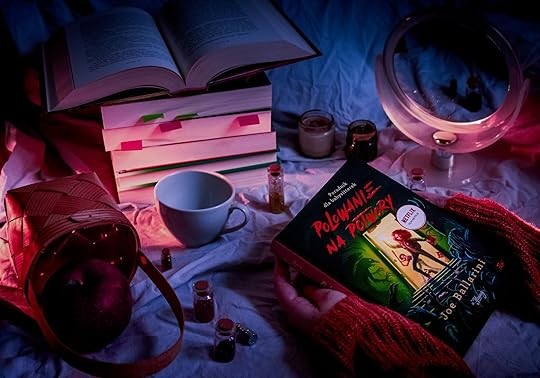Halloween is approaching, and younger audiences are increasingly reminded of the exciting holiday with all the pumpkins and spooky decorations. But that doesn’t mean kids should be exposed to scary horror movies or completely cut off from pop culture. Joe Ballarini’s A Babysitter’s Guide to Monster Hunting and its Netflix adaptation, offer a perfect balance of action, thrills, and Halloween spirit without the nightmares.
The book follows Kelly, a thirteen-year-old (aged up slightly in the movie), who wants to earn money for a camp that will help her reinvent herself before high school. She takes a babysitting job on Halloween night, missing out on a party and the chance to see the cutest boy in school. Soon, she discovers that being a babysitter involves protecting children from real-life nightmares. Children without parents are vulnerable, making them the perfect target for monsters hiding under beds and in closets. Fortunately, there are Professional Babysitters, trained to fight these creatures and the Boogeyman, who plans to bring children’s nightmares to life and take over the world.
One point of contention lies in the translation of the title. While adaptations don’t always have the same title as the original book, consistency is usually preferred for promotional purposes. The change can make it difficult to find the movie version. However, this organizational issue shouldn’t detract from the story itself.
The plot of A Babysitter’s Guide to Monster Hunting isn’t overly realistic, and the characters can feel bland. Their relationships seem illogical, the dialogue is artificial, and the protagonist trusts a stranger who claims “monsters exist” without hesitation. One positive aspect of the book is that the characters appear more frequently than in the movie, where their names are easily forgotten. In both versions, the supporting characters, other babysitters in the organization, lack background and personality. However, there are some clever moments, such as Kelly’s hobby of making flashlights, which becomes meaningful when it’s revealed that she saw a bright light being used to fight monsters as a child.
The book has more subplots and characters that the movie cuts to streamline the story. These elements could be explored in a potential sequel. Some events are also resolved differently in the movie. For example, in the book, Liz disappears for a while and is replaced by Mama Vee, who is only mentioned in the movie. Mama Vee’s tasks are then assigned to Liz, making her a main character. Both versions are well-executed, and younger audiences should be satisfied with the plot’s progression, which includes fights, chases, magical artifacts, and monstrous villains.
Both the movie and the book are perfect for the Halloween season and offer different interpretations of monsters, appealing to different audiences. Surprisingly, the book is scarier. When reading about monsters, readers can imagine them as they wish, based on their fears and exposure to scary images. The movie, however, presents a specific vision with colorful and funny creatures more like those from Monsters, Inc. than horror or fantasy films. Additionally, emotions are contagious. When reading about the characters’ fear, readers become more invested. In the movie, the audience doesn’t get to see inside the protagonist’s head and only sees an actress saying “I will fight this,” without feeling the potential risk. The only thing that might make the audience’s heart race is a monster jumping out from behind a corner, which in this case is a cute and clumsy blob with a penchant for drama.
It’s hard to completely forget being an adult and look at productions for children from their perspective. However, A Babysitter’s Guide to Monster Hunting should appeal to them. The book is an adventurous series that may seem too simplistic to adults. For young readers who want to experience a world full of monsters and horror but find Monsters, Inc. too childish, it can be an ideal introduction to the genre. It will engage them, encourage reading, give them a thrill, and won’t scare them from falling asleep. While it’s not a masterpiece, it’s worth checking out, if only for Tom Felton’s singing and the opportunity to compare it to the book.
